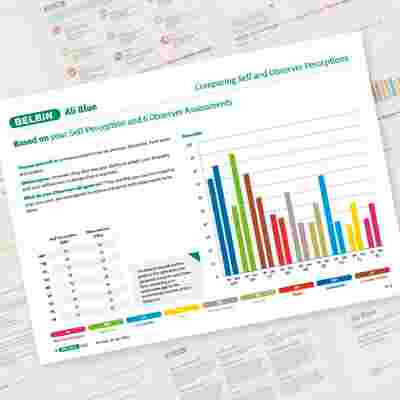Summary
- The Johari Window is a model that helps people understand the difference between how they see themselves and how others see them.
- Self-awareness, feedback, and openness are key to personal growth and building strong team relationships.
- Belbin Team Roles identify an individual’s natural working styles and strengths, showing how they contribute to a team.
- By combining Belbin reports with the Johari Window, individuals can uncover blind spots and hidden strengths to improve communication and collaboration.
- This process supports high-performing, trust-based teams where people can play to their strengths and reduce misunderstandings.





